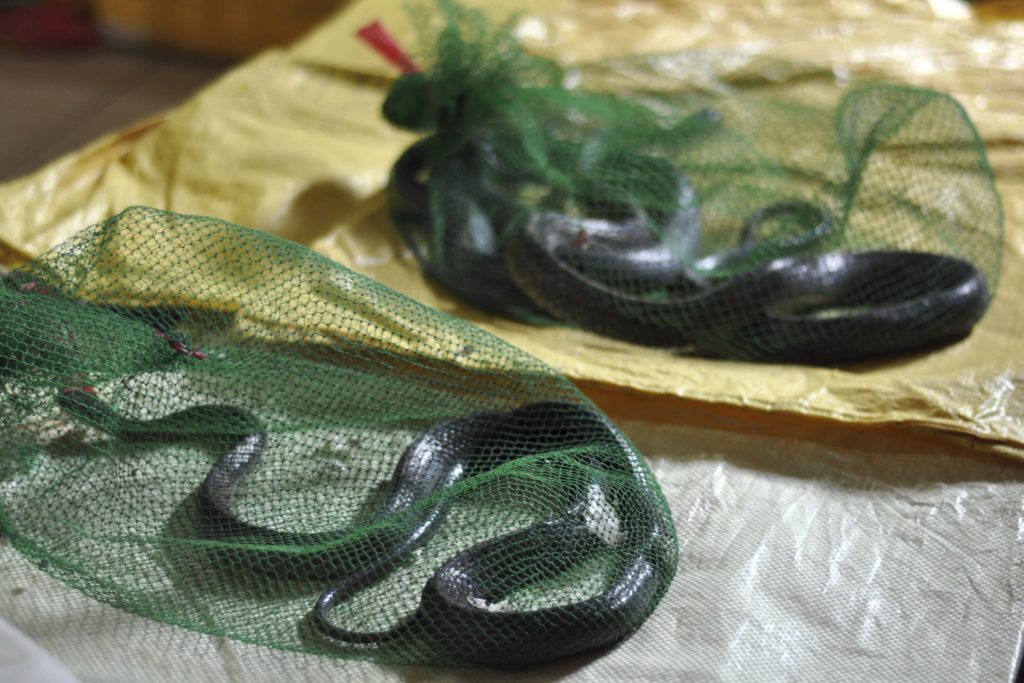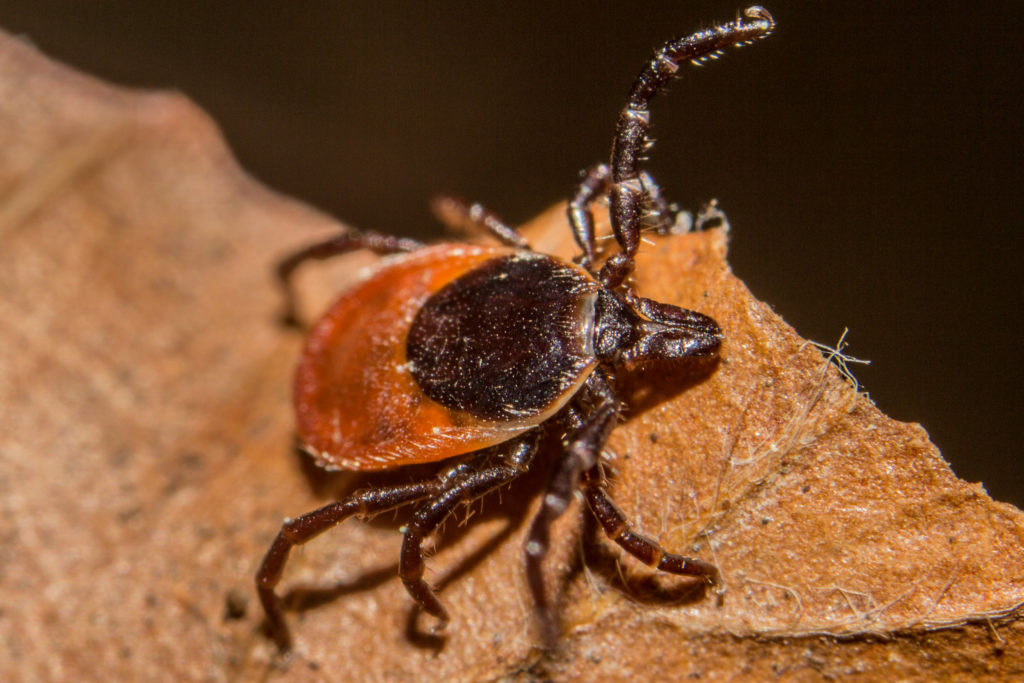The current COVID-19 pandemic is a pivotal event, not just for vegans, but for almost everyone on the planet. There’s a lot that we still don’t know. But there can be no doubt that this pandemic is a consequence of our treatment of animals.
Despite this obvious animal connection, the novel coronavirus (COVID-19) doesn’t fit the standard vegan narrative about our treatment of animals. That narrative emphasizes our harsh treatment of domesticated animals such as cows, pigs, and chickens. There are anti-hunting campaigns, but even here, the emphasis is on the suffering of the hunted animals, not the consequences for wild animals more generally, nor the health effects on humans. The sheer numbers of domesticated land animals dwarfs the numbers of hunted land animals by several orders of magnitude, so, we vegans tend to worry less about them than about factory farmed animals. Sorry, wild animals.
We don’t know the precise animal link in this case. COVID-19 could have originated in bats and was spread from a “wet market” (an open-air meat market) in China. It’s theoretically possible that humans first contracted COVID-19 from eating bats, but this seems unlikely.

More likely is that they may have picked it up from humans eating snakes, since snakes can eat bats. Snakes were being sold in the Huanan market, and there are such things as snake farms. According to the Global Times, one enterprising snake farmer now known as the “snake king” started out by catching wild snakes, but then in the 1980’s switched to raising and breeding snakes, and is now quite wealthy. COVID-19, in this scenario, would have come from a wild species only recently bred in captivity.
COVID-19 is one of a class of emerging infectious diseases. These diseases include AIDS, Ebola, swine flu, MERS, and SARS (which COVID-19 closely resembles). Most of these diseases were almost completely unknown in human populations until about 30 to 50 years ago. The link between these emerging infectious diseases and animals is fairly well known. Dr. Michael Greger wrote a book (Bird Flu) and spoke about this in an hour-long lecture on “Pandemic Prevention” which is available on NutritionFacts.org. An earlier paper described these new emerging infectious diseases as part of a great shift in patterns of human diseases.
Emerging infectious diseases are part of a more general problem of progressive human encroachment on the natural world. Disease does not even have to have to be a consequence of eating infected animals. Lyme disease and Rocky Mountain spotted fever, both of which are carried by ticks, have been around for thousands of years. But in recent decades the incidence of both diseases has exploded due to human encroachment on wild habitat. The incidence of Rocky Mountain spotted fever was between 2 and 5 per million people for decades, but beginning in about 2000, it increased to 20 to 25 per million. Lyme disease was practically unknown before 1980, but since then it has soared by a factor of 25.

In case you haven’t noticed, there’s an extinction crisis! Insects, amphibians, reptiles, and mammals are dying out. Species are going extinct at a faster rate than anytime since the extinction of the dinosaurs 66 million years ago. Humans, their livestock, and their pets now constitute over 95% of the large animal biomass on the planet! But of course we don’t notice anything wrong until we are affected.
Well, guess what: now we are affected. Now it’s something that is changing every facet of our existence. We can’t go to public meetings, we’re afraid to go to grocery stores, and we’re stuck in our homes, some of us alone. If the hospitals are swamped with coronavirus patients, any disease that requires immediate hospitalization could be fatal.
To deal with this problem effectively, we need to deal with the problem at its root: humans are destroying the natural world. Emerging infectious disease is just one of the manifestations of this. If we ignore these realities, we are just kicking the can down the road until the next pandemic.
This post originally appeared on the Compassionate Spirit blog.
Featured image: the virus that causes COVID-19 seen with a scanning electron microscope. Image credit NIAID, CC BY-SA 2.0.






1 Comment
The best current theory is that humans contracted COVID-19 from pangolins, not snakes.